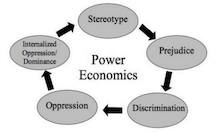
BLOG POSTS
Watch
Kids in my office are often astounded to hear that I don’t own a TV. They cannot imagine what we do for fun in my house. Parents often also look surprised. I am honest – I tell them I do watch Netflix and also many years of an Italian soap opera (Un Posto al Sole since 2000) – but I can still see that they are imagining that I am some kind of deeply deviant human, someone who is able to decline the screen and have fun in some strange, old fashioned way.
Kids in my office are often astounded to hear that I don’t own a TV. They cannot imagine what we do for fun in my house. Parents often also look surprised. I am honest – I tell them I do watch Netflix and also many years of an Italian soap opera (Un Posto al Sole since 2000) – but I can still see that they are imagining that I am some kind of deeply deviant human, someone who is able to decline the screen and have fun in some strange, old fashioned way.
The truth is I love TV just like lots of other people. I missed out on American TV when we lived in Holland, so when I got to the US, I binged. I literally watched TV from the minute I woke up (Electric Company) to the moment I fell asleep (The Honeymooners). I didn’t have any friends at first and the Georgia heat was so oppressive I would come in from school and sit right down and watch hours of sitcoms. My family watched TV during dinner (I Dream of Jeannie, The Carol Burnett Show) then current shows, The Six Million Dollar Man, Eight is Enough, The Incredible Hulk, in the evening. You get the idea.

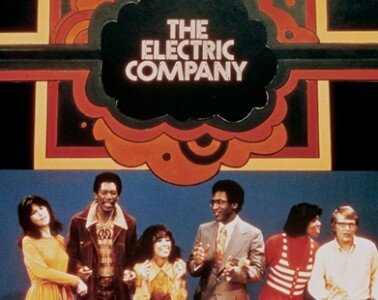
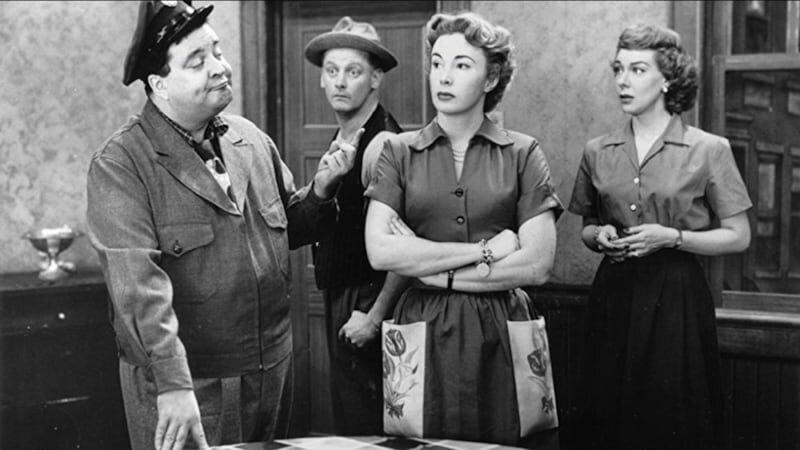
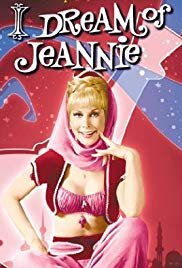
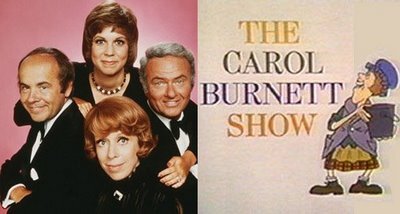
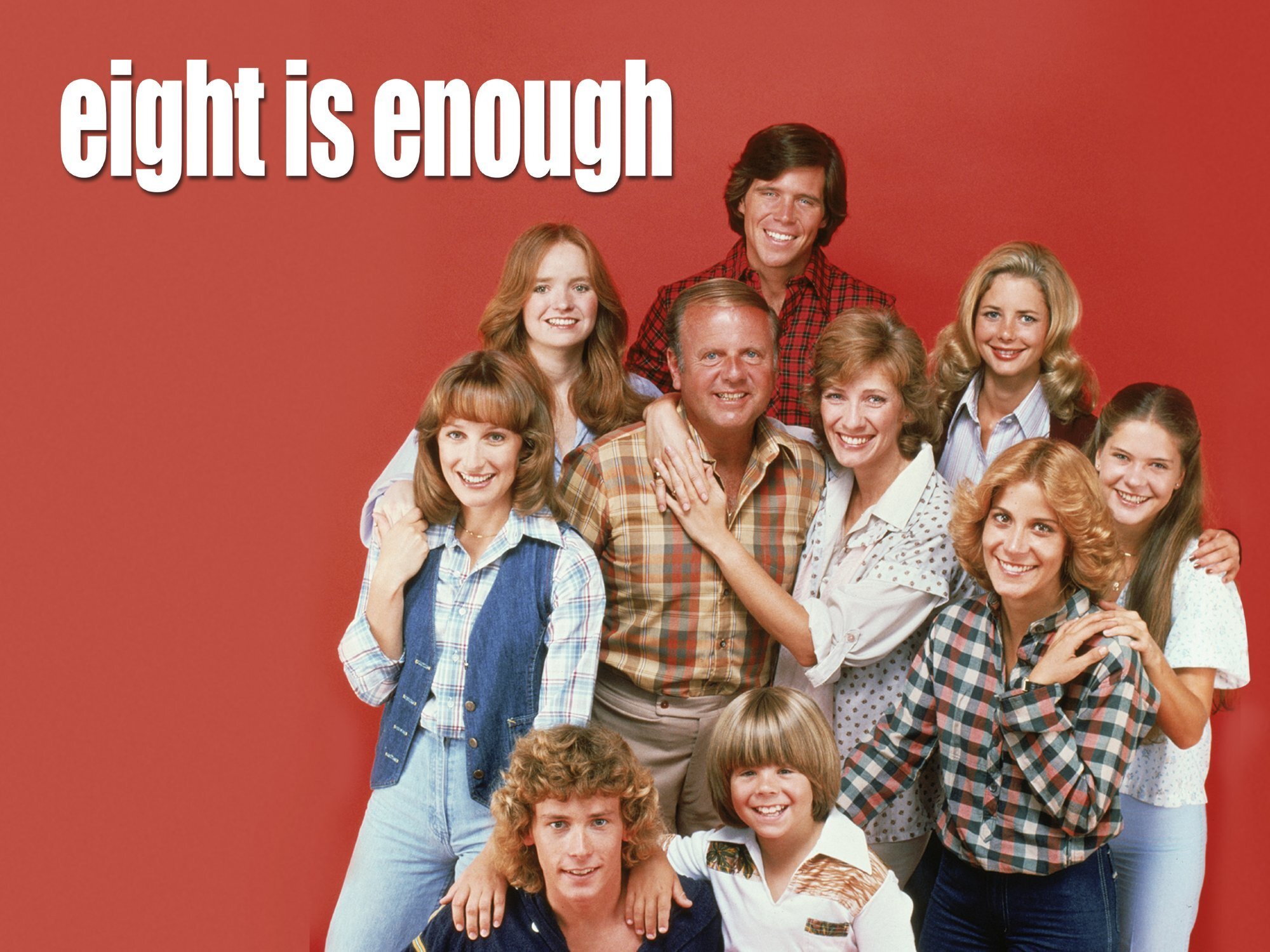
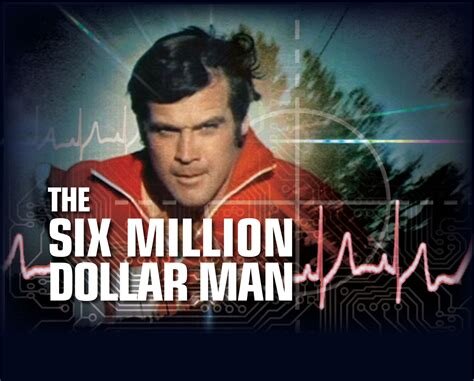

(TV show images scrolling to the left, Un Posto al Sole, The Electric Company, The Honeymooners, I Dream of Jeannie, The Carol Burnett Show, The Six Million Dollar Man, Eight is Enough, The Incredible Hulk.)
As an adult, I decided against owning a TV. I think it was originally that I just didn’t have time for it, I was busy! But then it became a kind of lifestyle choice. I saw so many people spending so much time sitting and staring, and I didn’t want that. And while I still don’t own a TV, now I have Netflix.
And guess what? I still get sucked in! I watched the new Netflix Lost in Space last year after rave reviews from some friends. I really enjoyed it, so when the same friend let me know season two was out, I was ready to watch. I made it last a few weeks, watching a half episode at a time, but all too quickly, it was over.
Y’all know what happened next, right? Yeah, I found another show, conveniently recommended by Netflix. I found myself working on another part of my book with the show on “in the background,” but I realized after the next, next episode started automatically (great programming, Netflix) that far from being in the background, the show was taking up all of my attention, and I was “stuck” in the same place I had been half an hour before.
I admit that I am sometimes smugly proud of my detachment from my phone, social media and video content. The truth of the matter is that I am just as attached as anyone else. Media companies spend millions trying to get (and hold) our attention. And they are very good at it. I wish I had some easy idea on how to manage this, but the only way I am able to keep my consumption low is by not watching AT ALL. If I don’t watch at all for a while, I can stay away.
Trauma Conference?
I was invited to a conference with a trauma focus, which happens much more frequently these days, as “trauma-informed” gains momentum. Ten years ago it was a rare event. I’m always interested in learning something new, so I checked out the keynote speakers.
I was invited to a conference with a trauma focus, which happens much more frequently these days, as “trauma-informed” gains momentum. Ten years ago it was a rare event. I’m always interested in learning something new, so I checked out the keynote speakers. I read the bio and work focus of the first speaker and was right away engaged. I want to know all about their work! Then I checked the second one. This person had a website and had started a group, and was all about training mental health folks (“from new practitioners to people with 20 years in the field”) all about their method.
In case you can’t tell, I started to feel judgmental. I know it’s weird to admit, but I do judge people. I was feeling particularly irritated by what I was reading as a patronizing approach – that everyone, from newbies to experienced practitioners should be using this method. I see myself as a lifelong learner – and certainly I think it’s good for people to continue to learn as they grow in their practice. However, this felt a little formulaic, like, “if only everyone did this the way I do, everything would be better.”
It didn’t help that on their website, they are posed with their arms across their chest, smiling proudly.
So, what do I do when I’m feeling judge-y? I try to pause. On this day, I told myself I was judging, and I told myself to be open minded, after all, there is a foundation, and several books! I decided to listen to a podcast with them (focused on trauma). The person talked about their own tough times, and I was like, “See Martha, don’t judge.” And how their tough times led them to the work that they are doing today. Which seems to me to be really good work. I let the podcast play as I looked at their foundation website.
There I found some blog posts about cultural awareness and practice. Yay! Bonus points. Written by a guest author! Cool, since the person who started the foundation is white. Once again, I chided myself for being judgmental. Clearly this person does understand since they got a guest writer to write about this important topic. Only oops, the guest writer is also white.
Meanwhile on the podcast, the interviewer asks the keynote to tell about a clinical error, and what they learned from it. And the keynote person basically says, “well, I did this thing in a not very skillful way – I don’t think it hurt anyone, but I really realized that it could, and so now I’m very careful.” It sounds like I’m paraphrasing, but I’m not. In essence, they sidestepped the question. Then the interviewer thanked them, as if something important had been said. (You see that I’m back to judging again, right?)
I started thinking about the other teens who were there when he was offered this leadership role. I do believe in offering kids leadership roles.
I believe that people who have been impacted by trauma do gain confidence and a sense of agency by being asked to lead. It’s a great strategy/intervention and acknowledgment of their many skills, sometimes learned because of the trauma they have faced.
However, thinking of this white male teen in Juvenile Hall, a place that was likely not mostly white (I recognize that I’m making a bit of an assumption, but there are plenty of actual numbers on this) being offered a leadership role and it changing his life…made me feel a little sick. I listened on, hoping he would mention his power and privilege in that moment, but he didn’t. His brief comment about mentors and loving people who helped turned my stomach a little more, because it seemed as if he was saying they were not very important.
I want to be clear, I do not think this person is a terrible person or even that they do not do good work. They may be doing great work and helping lots of people. They are working with a tough population and I’m glad that they are doing that work. However, doing trauma work MUST include attention to sociocultural trauma (e.g., racism, sexism, ableism), which includes doing your own work, checking on your own power and privilege, and acknowledging those forces. I don’t believe that we can call our work trauma therapy without it.
In the end, I didn’t sign up. There are plenty of conferences out there, I’ll wait for one that’s a little better aligned with my work.
Encore, NCORE
I just got back from the National Conference on Race and Ethnicity in American Higher Education (NCORE) for 2019. I had never even heard of it until last year, when my friend and colleague from Elk Grove asked me if I was going. I owe her a debt of gratitude, as last year’s conference was transformational for me.
I just got back from the National Conference on Race and Ethnicity in American Higher Education (NCORE) for 2019. I had never even heard of it until last year, when my friend and colleague from Elk Grove asked me if I was going. I owe her a debt of gratitude, as these conferences are transformational for me. It was the first conference I had ever been to where the majority of presenters were people of color. And there aren’t just two sessions to pick from in each time slot – there are a dozen – sometimes more!
This year there were more than 350 sessions from Tuesday to Saturday. There were so many great topics to choose from! Even though I selected my sessions weeks/days/hours before I still found myself standing in the middle of the hallway deciding which session to go over and over again. Given the situation, I will not try to tell you about every single thing I learned. I’ll just focus on a few.
My favorite keynote was Tommy Orange, an author born and raised right here across the bridge in Oakland. He is an enrolled member of the Cheyenne and Arapaho Tribes of Oklahoma, and his first novel, There There is about contemporary Native American life, set in Oakland. The story follows a dozen characters making their way to the big Oakland Powwow. It was on my list at the library, but while watching him speak at the conference, I bought a digital copy. There was something in the conversation that moved me, that connected with the parts of me and my life that are unrepresented in the world, and I knew I had to read it right away.
I went to a great session on improving your skills as a facilitator, The Facilitator In You: Leading Conversations Around Diversity, Equity and Inclusion. I learned a bunch of new things and felt so…validated, just being in the room with other people doing the work. So many frustrations, worries and successes. I often feel alone in the work – I know there are people who cringe when they see me coming. I know when I bring up race and other social justice topics, there are people rolling their eyes and wishing I would just. shut. up. It was rejuvenating to be in a room full of people deep in the work. And I learned so much! Bonus points.
My favorite session, though, was my first session – Preserving, Restoring and Honoring Indigenous Ways in Agriculture: Directions and Implications in Higher Education. There was a wide diversity in presenters, also, which I found a perfect way to begin my NCORE experience. This wasn’t just the old guard talking about how it’s always been done, it was about getting creative for our collective future. Besides learning a lot of completely new information, the participants were phenomenal. They were patient with my ignorance and careful in their instruction. They welcomed me with open arms.
I am truly grateful for my experiences this week. That said, I’m interested in what kinds of conferences you all are attending this year. There are so many things to learn in the world – feel free to leave a comment letting me know about your favorite conference!
Suffering ≠ Resilience
Last week, I read yet another story of a person who had been through tough times who has now soared above what others believed they could become. The story purported to be one of “resilience,” however stories like this one keep us stuck where we are without pointing us forward.
Last week, I read yet another story of a person who had been through tough times who has now soared above what others believed they could become. The article purported to be one of “resilience,” however stories like this one can keep us stuck where we are without helping us move forward.
Stories like this equate suffering with resilience. Suffering is part of the human condition. Surviving tough times is not necessarily a sign of resilience. Many, many people survive difficult times. How well they do as they move through their lives is more related to their supports (known and unknown) than on their particular hardships. Resilience is about thriving, not surviving. Calling someone resilient after hearing that they’ve suffered sounds positive, but lends itself to a sense of complacency. “They are already resilient, they won’t need other supports.”
This story also seems to be saying, “You see, if this person can do it, all of y’all should be able to do it. And if you cannot, or do not, that is your own fault.” This is a fallacy.
It maintains that the responsibility for “making it” lies solely, directly, on the individual, when in truth, there are many systemic barriers to achieving certain goals in the US, including but not limited to sexism, ableism and racism. When individuals achieve, they do so with the help of many people and systems, known and unknown.
Meanwhile, under the guise of holding up this person as a shining light, the article goes on in great detail about the “failings” of their parents (drugs, jail, child protection involvement). The people in stories like this one are most often people of color, however there is room, too, for very poor white people. This part of the story maintains the idea that some families (poor and/or people of color) are “bad” and unable to sufficiently nurture and raise their children. Being silent on the forces of those “isms” I mentioned earlier implies that they do not exist.
Next the story shows the child in a “family” picture with their new family, all white. In the family picture, the African American individual has their hair completely straightened and combed to match the other family members. A nice, white savior family. Who turned this child’s life around. It says nothing of this family’s history or even their hard work raising children. It implies by its lack of explanation, that they were able to do it because they were “good” people. In truth, that family had to work hard to support this child (and others), and that family had other supports – foster youth workers, teachers, counselors, principals, other family members, coaches, friends, co-workers – and others I haven’t named because the article didn’t mention any of them.
Results of a search for “foster family”
Let me be clear – I am a fan and supporter of foster care families. I know how hard they work and love their children. I do not believe that the family in the story are walking around saying, “We’re a good, white savior family, and we should be praised.” I really don’t. However I do believe that articles like these perpetuate that story line. Without the people in the story knowing. Maybe even without the author of the story knowing! This story line is one that is so deeply embedded in American culture it goes unacknowledged.
Stories like this one keep us separate and judgmental, ignores external forces and internal work. And they do nothing to point us in the right direction to encourage actual resilience, which is about believing we have the resources (or can get them) to meet challenges and overcome vulnerabilities. We can foster resilience, in families, friendships and schools. I believe a more powerful, change provoking story would tell us about that journey.













